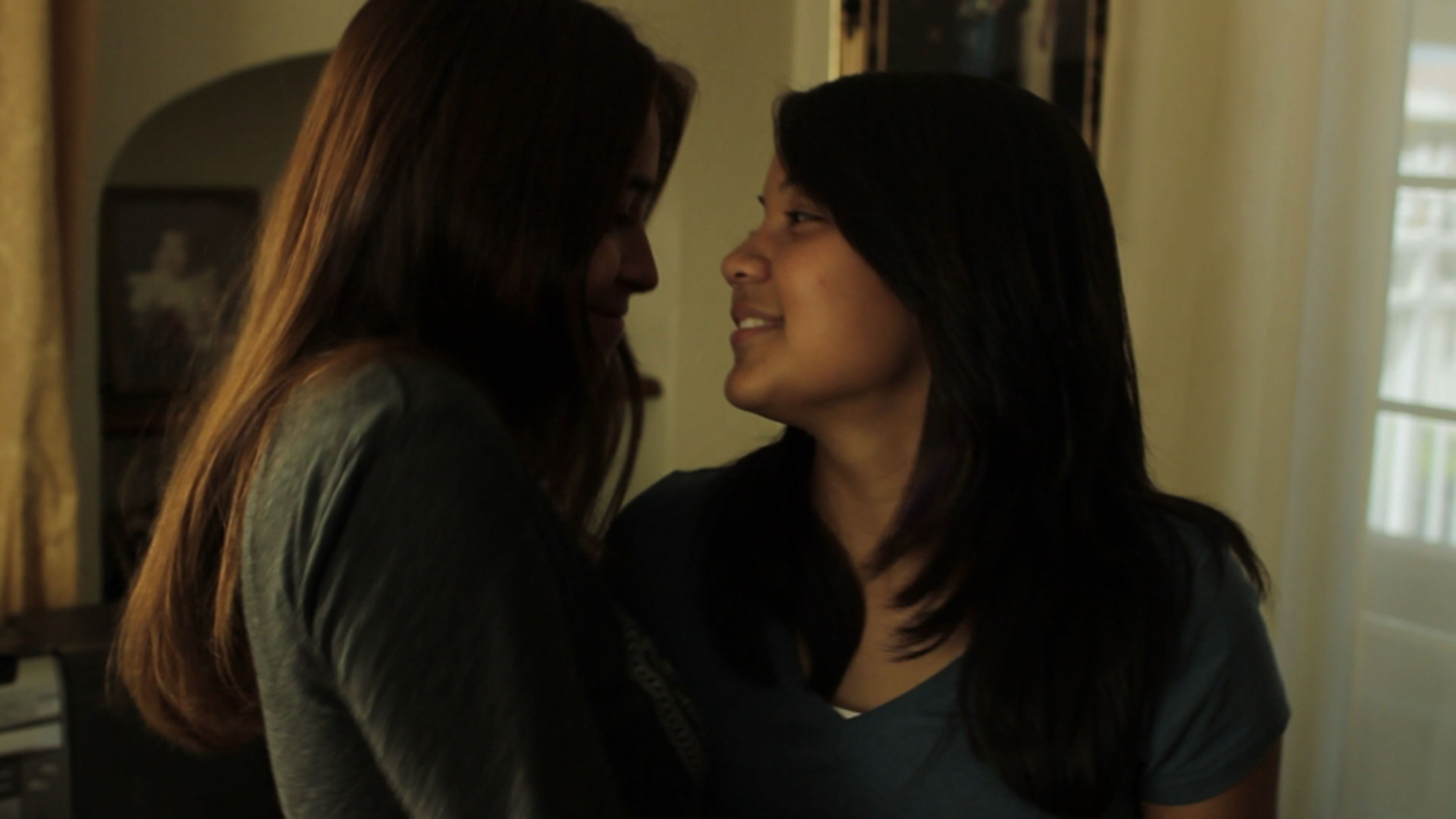






Mariana Rondón's Pelo Malo from 2013 gives viewers a glimpse into the life of a young boy named Junior as he navigates family struggles and begins the process of figuring out who he wants to be. Part of this journey involves observing people in his urban Venezuelan neighborhood, most notably Mario, the older boy who works at the kiosco on the street below Junior's apartment.
The many shots of Junior gazing at Mario can be interpreted in a few ways. Because the film deals with Junior's gender nonconformity and its repercussions, there's a strong case to be made that Junior's fixation is an innocent childhood crush. Alternatively, the older teen could represent the sort of masculinity the younger boy wants to emulate. There's also the possibility that Junior is simply observing this figure who's conventionally masculine in how he presents but is accepting of his friend for who he is. Regardless, Mario is the only male character that Junior likes to spend time with, which is interesting given that he must go to school with lots of little boys his own age.
On the outside, Mario is a man's man. He works for a living, shoots hoops in his spare time, has close-cropped hair, and sits with his legs splayed far apart. He's also totally fine with Junior just being who he is and isn't afraid to show that he cares about the younger boy right on the street where anyone can see them. As part of the boy's chosen family, he's the one Junior turns to after the massive fight with his mom where she cuts a lock of his hair with scissors. Instead of passing judgement or shooing him away, Mario gives him his hoodie and the two sit for a bit, with Mario taking up as much space as possible and Junior doing the opposite. Despite his macho appearance, the teen never comments on the things that set Junior apart from other boys. More than anything, Mario exhibits a form of masculinity that doesn't demean other expressions of gender in order to legitimize itself, highlighting how even the side characters in this film have nuance.
While it seems like some people in the class enjoyed Gregg Araki's Mysterious Skin , the rest were thoroughly disturbed and wondered ...
